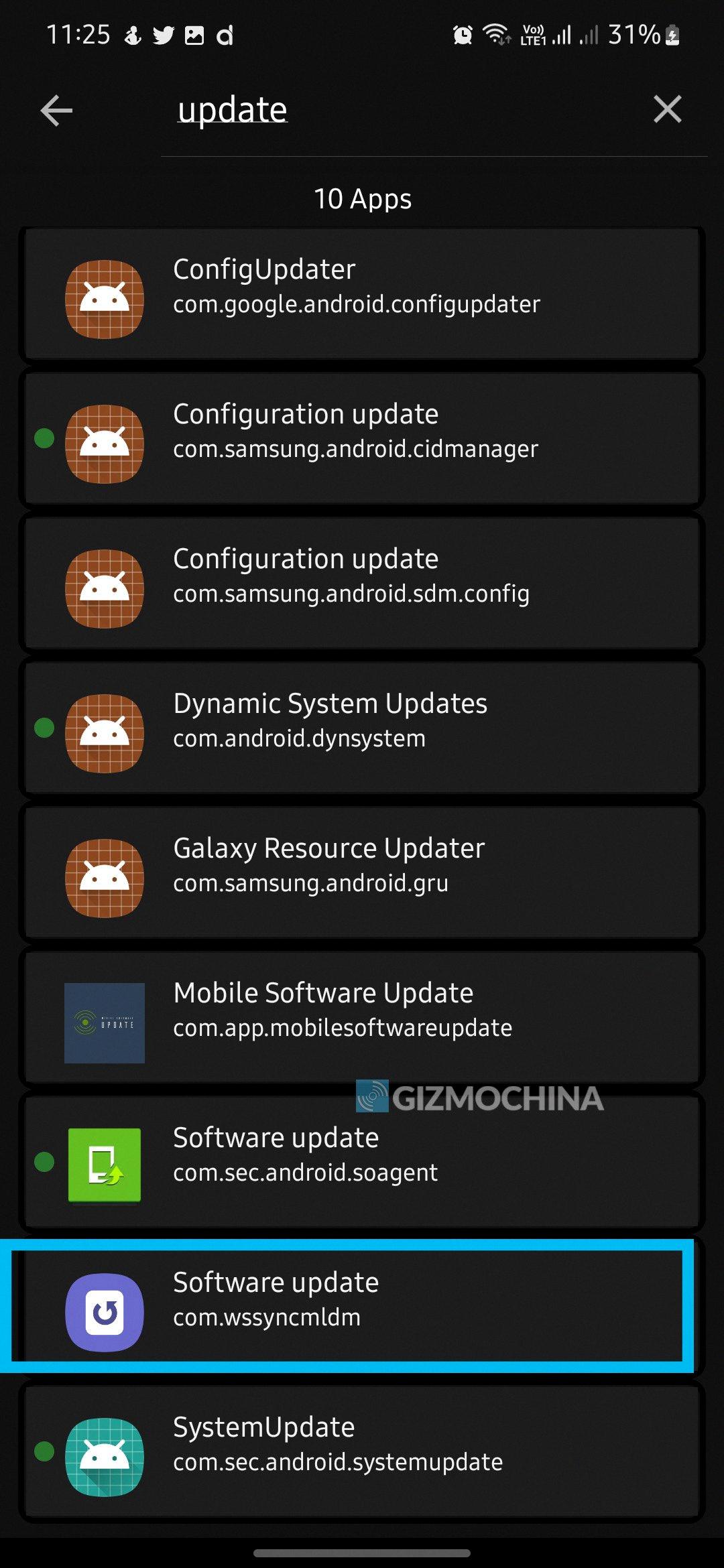Config Updater: A Powerful Tool for Efficient File Updates
In the world of programming and software development, managing configuration files is a crucial task. These files contain important settings and parameters that determine how a program or system functions. As the requirements of a project evolve, it becomes necessary to update these configuration files to reflect the changes. This is where a config updater comes into play.
A config updater is a tool designed to simplify the process of updating configuration files. It provides a streamlined and efficient way to modify the settings within these files, saving time and effort for developers and system administrators. Let’s delve deeper into the benefits and functionalities of a config updater.
First and foremost, a config updater offers a user-friendly interface that allows developers to easily modify configuration files. This means that even those with limited technical expertise can make changes without the need for extensive coding knowledge. The updater typically presents the existing configuration options in a clear and organized manner, making it easy to understand and navigate.
One of the key advantages of using a config updater is its ability to update files in a safe and controlled manner. It ensures that modifications are made accurately and without the risk of introducing errors or inconsistencies. By providing validation checks and error handling mechanisms, the updater helps to minimize the chances of making mistakes during the update process. This is especially crucial in complex systems where a single misconfiguration can have far-reaching consequences.
Config updaters also offer the flexibility to update multiple files simultaneously. This feature is particularly valuable when working with large-scale projects that involve numerous configuration files. Instead of manually updating each file individually, a config updater can automate the process, saving valuable time and effort. This allows developers to focus on other critical aspects of their work, improving overall productivity.
Furthermore, config updaters often provide the capability to track changes made to configuration files. This is particularly useful for maintaining an audit trail and understanding the evolution of a project’s settings over time. By keeping a record of modifications, it becomes easier to troubleshoot issues or revert to previous configurations if necessary.
In addition to these core functionalities, some config updaters offer advanced features like version control integration, which allows for better collaboration among team members. This ensures that everyone is working with the latest version of the configuration files and can easily track changes made by others.
Config updaters play a vital role in streamlining the process of updating configuration files. They offer convenience, accuracy, and efficiency, enabling developers and system administrators to make necessary changes with ease. By providing a user-friendly interface, validation checks, and the ability to update multiple files at once, config updaters simplify the often complex task of managing configuration files.
Whether you’re a seasoned developer or just starting on your programming journey, using a config updater can significantly enhance your productivity and reduce the chances of errors. So, consider incorporating this powerful tool into your workflow and experience the benefits firsthand.
How Do You Update A Config File In Python?
To update a configuration file in Python, you can follow these steps:
1. Import the ConfigParser module: Begin by importing the ConfigParser module, which provides a way to read, write, and update configuration files.
2. Create a ConfigParser object: Create an instance of the ConfigParser class by calling the constructor ConfigParser(). This object will be used to manipulate the configuration file.
3. Read the config file: Use the read() method of the ConfigParser object to read the contents of the configuration file into memory. Pass the file name or file object as an argument to the read() method.
4. Update the configuration: To update a specific value in the configuration file, you can use the set() method of the ConfigParser object. Specify the section and option you want to update, followed by the new value.
5. Save the changes: After updating the configuration file, you need to save the changes back to the file. Use the write() method of the ConfigParser object to write the updated configuration to the file. Pass the file object or file name as an argument to the write() method.
Here is an example code snippet that demonstrates how to update a config file:
“`python
Import configparser
# Create a ConfigParser object
Config = configparser.ConfigParser()
# Read the config file
Config.read(‘config.ini’)
# Update a specific value in the config file
Config.set(‘section_name’, ‘option_name’, ‘new_value’)
# Save the changes back to the file
With open(‘config.ini’, ‘w’) as config_file:
Config.write(config_file)
“`
In the example above, ‘config.ini’ is the name of the configuration file. You can replace it with the appropriate file name for your situation. ‘section_name’ and ‘option_name’ should be replaced with the actual section and option names you want to update, respectively. ‘new_value’ should be replaced with the new value you want to set for the specified option.
By following these steps, you can easily update a configuration file in Python and ensure that the changes are reflected in your application or program.

Conclusion
The config updater is a powerful tool that allows you to easily update and modify configuration files. As an expert SEO writer, this tool can be especially helpful in managing and optimizing website configurations for search engine optimization purposes.
With the config updater, you have the ability to make changes to your configuration file without manually editing the entire file. This saves you time and effort, as you can simply specify the sections or values you want to update.
The updater provides a convenient method to read in the existing configuration file, making it easy to access and modify specific settings. It offers flexibility in terms of what you can update, allowing you to make changes to various aspects of your website’s configuration, such as meta tags, URLs, keywords, and more.
Once you have made the necessary changes, the updater also provides the option to write the updated configuration file to another destination. This ensures that your changes are saved and applied to your website’s configuration.
Whether you need to make minor adjustments or comprehensive updates to your configuration file, the config updater is a reliable tool that simplifies the process. It empowers you to efficiently manage your website’s configuration for optimal SEO performance.







